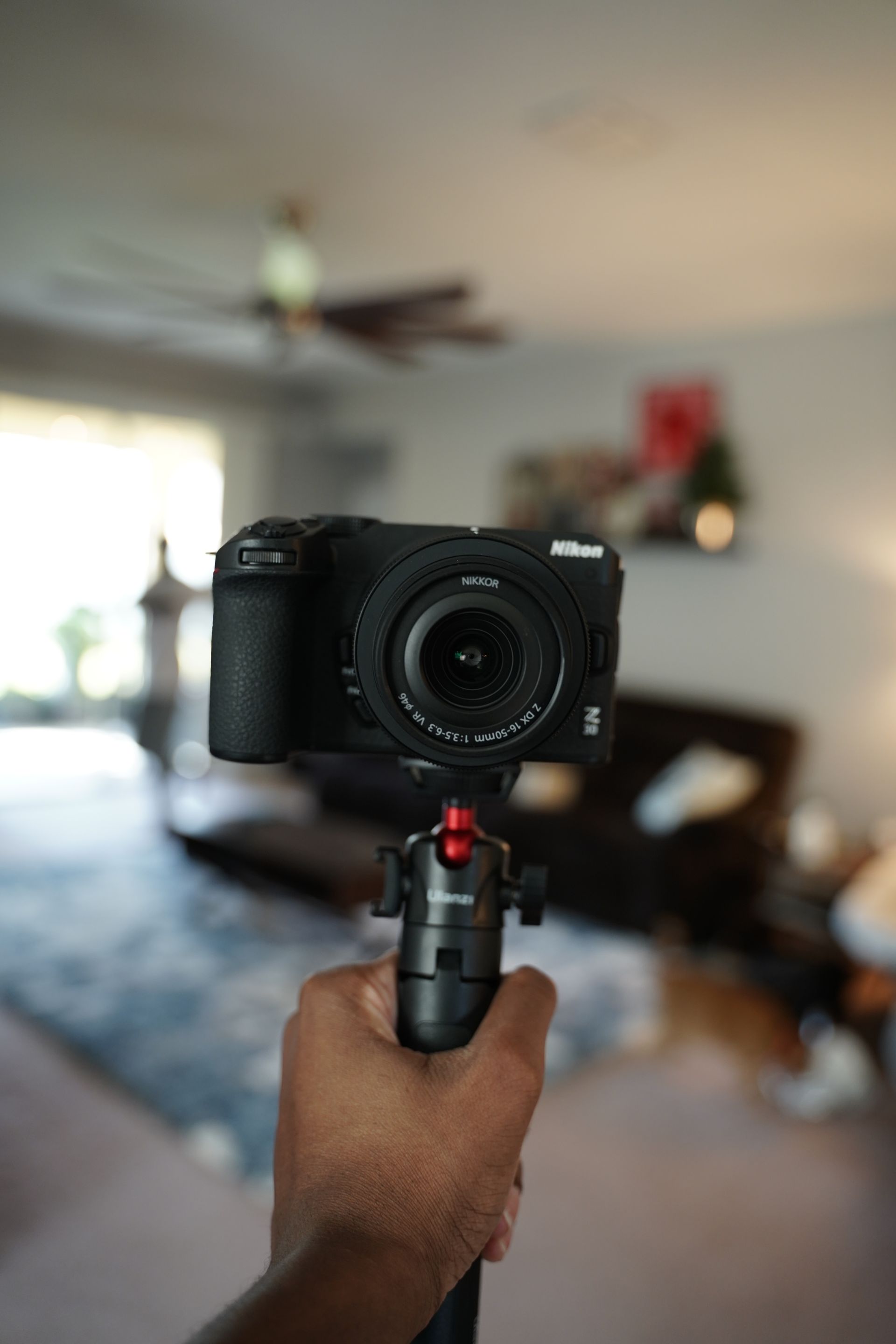Feeling overwhelmed by tech jargon? Fear not! Learn these technical terms with our comprehensive glossary, designed to empower you with knowledge and confidence.
The complete tech glossary of terms and definitions
Camera and photography terms
The world of technology and devices also includes the field of photography, which has its own set of terms and concepts. Here are some key camera and photography terms to know:
| Term | Quick Definition |
|---|---|
| Aperture | Aperture refers to the adjustable opening in a camera lens, which controls the amount of light that enters and reaches the camera's sensor or film. The size of the aperture can be modified to control light levels and achieve specific visual effects, giving photographers significant creative flexibility. |
| Shutter speed | The length of time the image sensor is exposed to light (i.e., when the shutter is open) is known as the shutter speed. Shutter speed plays a crucial role in the exposure and motion capture of your photograph. |
| ISO | Sensitivity of the camera sensor to light. Higher ISO values increase sensitivity but can also increase noise. |
| Exposure | The amount of light that reaches the camera sensor. Influenced by aperture, shutter speed, and ISO. |
| Depth of field | The distance between the nearest and furthest objects that appear in focus in a photograph. |
| White balance | The process of removing unrealistic color casts so that objects appear as they actually do in natural light. |
| Pixel | The smallest controllable element of a picture represented on the screen. |
| Resolution | The detail an image holds. Higher resolution means more image detail. |
| JPEG (Joint Photographic Experts Group) | A commonly used method of lossy compression for digital images. |
| RAW | A file format that captures all image data recorded by the sensor when you take a photo. |
Mobile devices and phones have become our constant companions, facilitating seamless communication, providing unparalleled access to a world of information, and serving as our personal entertainment hubs. Their significance transcends boundaries, enhancing our lives with their myriad functionalities and reshaping how we interact with the world around us.
Mobile device and phone terms
In this rapidly evolving world of technology, our mobile devices and phones have become an integral part of our lives. Understanding the terms associated with them is crucial to maximize their functionality and keep up with the latest developments. Here are some important mobile device and phone terms you need to know:
| Term | Definition |
|---|---|
| App | Short for application, this refers to a type of software that allows you to perform specific tasks on a phone or mobile device. |
| Bluetooth | A wireless technology standard used for exchanging data over short distances from fixed and mobile devices. |
| Cloud Storage | A model of data storage where the digital data is stored in logical pools across multiple servers managed by hosting companies. |
| Data Plan | A service purchased from a cellular service provider to access the internet on your mobile devices. |
| Hotspot | A location where people may obtain internet access, typically using Wi-Fi, via a wireless local area network with a router connected to an internet service provider. |
| Operating System (OS) | The main software that manages all other software and hardware on a device. Examples are Android, iOS, and Windows. |
| Roaming | The ability for a cellular customer to automatically make and receive voice calls, send and receive data, or access other services when traveling outside the geographical coverage area of the home network, by means of using a visited network. |
| SIM Card | A small card that contains key information and allows your phone to connect with your carrier’s network. |
| Wi-Fi | A technology that uses radio waves to provide network connectivity and allows computers, smartphones, or other devices to connect to the Internet or communicate with one another wirelessly within a particular area. |
| VPN (Virtual Private Network) | A service that encrypts your internet data and protects your online identity by hiding your IP address. |
| API (Application Programming Interface) | A set of rules and protocols for building software and applications. It allows different software programs to communicate with each other. |
| Bootloader | A program that determines which applications will run during a device or system startup process. |
| Firmware | Software that is embedded into a hardware device. It controls the device's operation and can be updated, but cannot be removed or modified by the end-user. |
| IMEI (International Mobile Equipment Identity) | A unique identifier for a mobile device. It can be used to blacklist stolen phones. |
| Jailbreaking | The process of removing the restrictions imposed by the device manufacturer. This allows for greater customization but may void the device's warranty. |
| Kernel | The core of the operating system on a device. It controls everything within the system. |
| OTA (Over the Air) | Denotes a method of distributing new software updates which are downloaded and installed directly on the device itself. |
| Rooting | The process of allowing users of smartphones, tablets and other devices running the Android mobile operating system to attain privileged control over various Android's subsystems. |
| UI (User Interface) | The space where interactions between humans and machines occur. It involves screen layout, transitions, interface animations and every single micro-interaction. |
| UX (User Experience) | Refers to any interaction a user has with a product or service. UX design considers each and every element that shapes this experience, how it makes the user feel, and how easy it is for the users to accomplish their desired tasks. |






